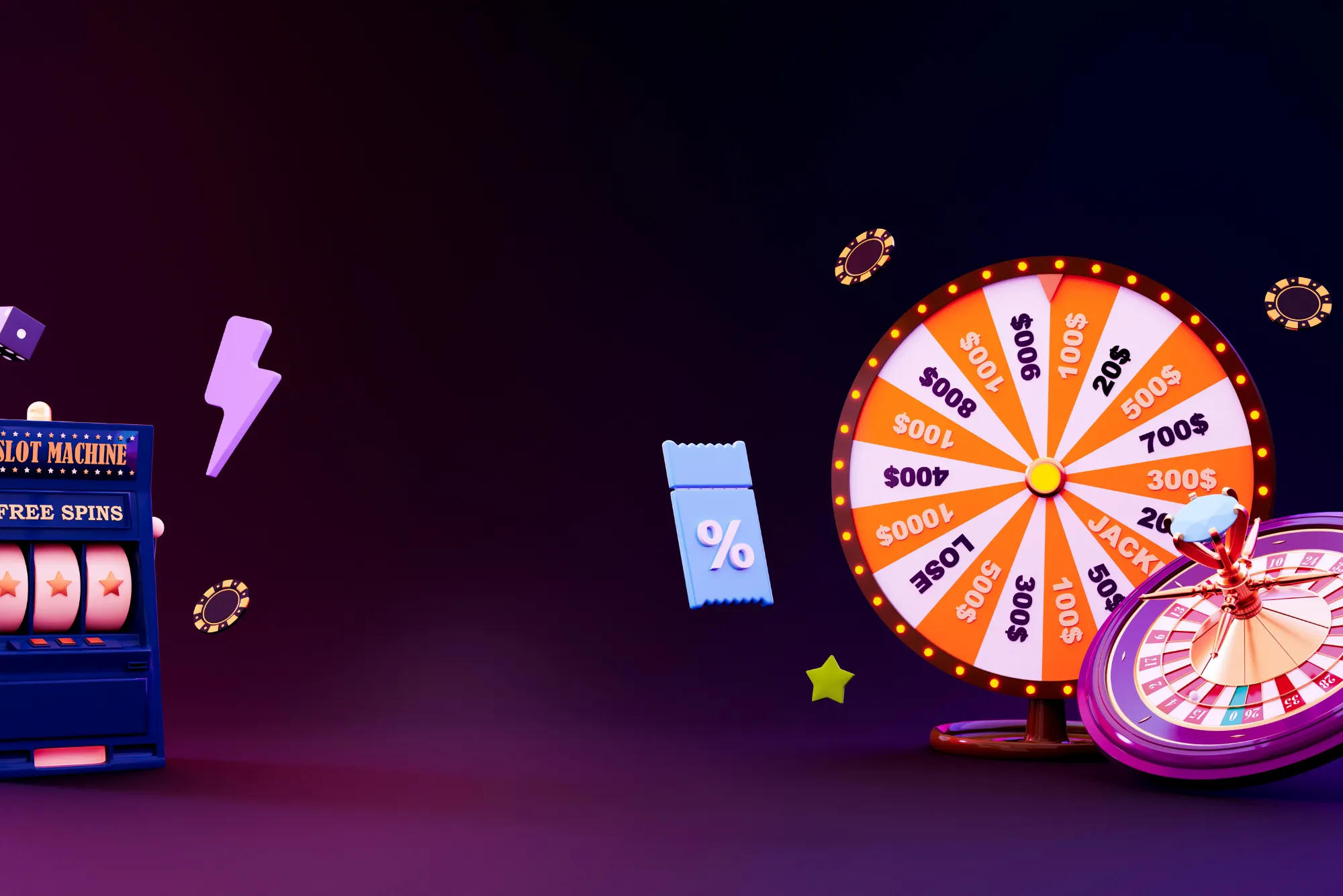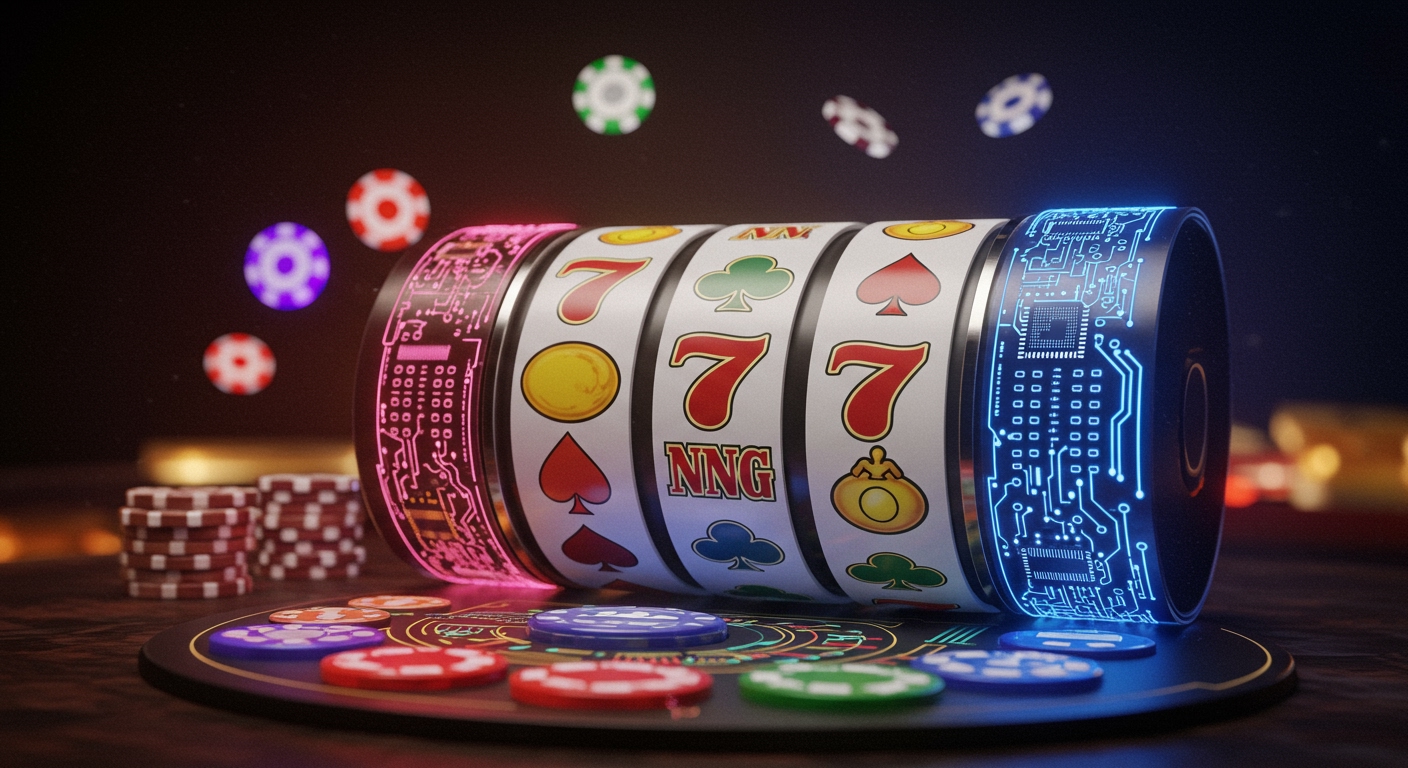When browsing online casinos or playing your favorite slots, you’ve probably noticed something odd—Return to Player (RTP) percentages can differ from one casino site to another, even when offering the exact same game. If you’ve ever wondered why this happens or how it affects your chances of winning, you’re not alone. Understanding RTP variation is key to making smarter choices—especially if you prefer Betting Sites not On GamStop.
In this article, we’ll break down how RTP works, why it’s not always the same across platforms, and how you can use this information to your advantage. We’ll also discuss how non GamStop casinos approach RTP values and what this means for players looking for greater flexibility outside the UKGC-regulated environment.
What is RTP and Why Does It Matter?
RTP, or Return to Player, is a percentage that indicates how much a casino game pays back to players over time. For example, a slot with an RTP of 96% will return £96 for every £100 wagered—in theory and over a very long time.
It’s essential to understand that RTP is not a short-term guarantee. You can still hit a massive jackpot or lose your entire balance regardless of RTP. However, over thousands or millions of spins, the RTP is a useful benchmark to determine the game’s fairness.
Knowing this, it’s reasonable for players to chase higher RTP games. But here’s the twist: RTP values aren’t always fixed. And that’s where things get a little more complex—and interesting.
Why RTP Values Can Vary Between Casino Sites
Most people assume that a game like Starburst or Book of Dead offers the same RTP everywhere. But that’s not necessarily true. Here are the main reasons RTP can differ across casino sites:
1. Game Developers Offer Multiple RTP Configurations
Software providers like NetEnt, Play’n GO, and Pragmatic Play often release multiple RTP versions of the same game. For instance, a slot might be available in 96.5%, 95%, and even 92% variants. Casinos then choose which version to host on their site.
Why would a casino choose a lower RTP? It’s simple—profit margins. Lower RTPs mean the house keeps more of the player’s wagers over time.
Casinos not regulated by the UK Gambling Commission, like many Betting Sites not On GamStop, often have more freedom to choose these versions without strict oversight. This can lead to more variety in RTP values, for better or worse.
2. Licensing Restrictions and Regional Compliance
In regulated markets, such as the UK, operators are usually required to disclose RTPs clearly. They may also be limited to offering only specific versions approved by the regulator. That’s not the case with non GamStop casinos, many of which are licensed in places like Curacao or Malta.
These offshore regulators tend to allow a wider range of RTP configurations. As a result, the same slot may appear with a higher or lower RTP depending on the site’s licensing body and internal policies.
3. Player Profiling and Market Strategies
Some casino sites target casual players with lower RTP games, assuming they won’t notice or care. Others, particularly those focused on high rollers or crypto users, may offer high-RTP titles to appear more competitive.
In the Betting Sites not On GamStop space, this is especially common. Many of these platforms use high-RTP games as a marketing hook to attract experienced players who know how to compare game specs.
So, yes—RTP can be used strategically by casinos, both as a cost-cutting measure and as a promotional advantage.
How Casinos Use RTP to Shape Player Experience
Beyond profitability, RTP plays a subtle role in how players experience a game. A slightly lower RTP might not be noticeable in a single session, but over time, it can lead to more frequent deposit requirements and shorter play sessions.
On the flip side, high RTP games help players stretch their bankroll, increasing satisfaction and retention. Some casinos, especially forward-thinking Betting Sites not On GamStop, understand this and use higher RTP values to differentiate themselves in a crowded market.
There’s a trade-off at play. While a casino with lower RTPs might offer better bonuses or promotions, you’re paying for that value in reduced long-term returns. Savvy players weigh these trade-offs carefully.
The Role of Transparency on Betting Sites not On GamStop
One of the main criticisms of non GamStop casinos is a lack of transparency. Not all of them list RTPs openly on game info screens, and some use obscure versions of popular titles. This can make it difficult to compare options and make informed choices.
However, many reputable Betting Sites not On GamStop are improving in this area. They publish detailed RTP stats and even allow players to sort games by payout percentage. This transparency, paired with looser restrictions and innovative bonus structures, gives offshore platforms a real edge—if you know where to look.
It’s essential to do your homework when playing at offshore casinos. Look for detailed game descriptions, independent audits, or even reach out to support to confirm RTP values. If a site refuses to disclose this info, it’s usually a red flag.
How to Check and Compare RTP Across Casino Sites
Here are a few ways to ensure you’re getting the best value:
Visit the developer’s site: Most major game providers list the default RTP values on their official websites. Compare this with the value listed at your chosen casino.
Check review platforms: Many affiliate sites and review blogs offer RTP breakdowns for popular titles and casino brands.
Contact support: While not always fruitful, reaching out to customer service can sometimes get you the RTP version used on that specific site.
Experienced players on Betting Sites not On GamStop often create spreadsheets or trackers to compare game performance across sites. This kind of diligence pays off, especially in high-stakes environments.
Should You Prioritize RTP When Choosing a Casino?
The short answer: yes, but not exclusively. RTP is one piece of a much larger puzzle that includes things like:
Game variety
Bonus offers
Withdrawal speed
Licensing and fairness
Customer support
In the non GamStop casino space, where regulatory oversight is lighter, RTP becomes even more important. If a site isn’t bound by UKGC rules, it’s up to you to ensure fairness. And RTP is one of the few metrics you can use to do that.
However, don’t overlook other factors. A high-RTP slot on a shady casino isn’t worth much if your winnings are locked behind impossible withdrawal conditions.
Be Smart with Your Play
The variation of RTP across casino sites is a little-known detail that can significantly affect your long-term results. It’s not just a theoretical number—it impacts your real money. Especially on Betting Sites not On GamStop, where more RTP configurations are allowed, understanding these differences gives you a competitive edge.
So, take a moment next time you’re spinning the reels. Look up the RTP, compare your options, and make informed choices. You don’t need to be a mathematician to make smarter bets—just a curious and careful player.
In the end, the casinos that prioritize transparency and fair play will always be the better choice. And the more you learn about things like RTP, the more you’ll gravitate toward platforms that treat you like a valued customer—not just another deposit.







